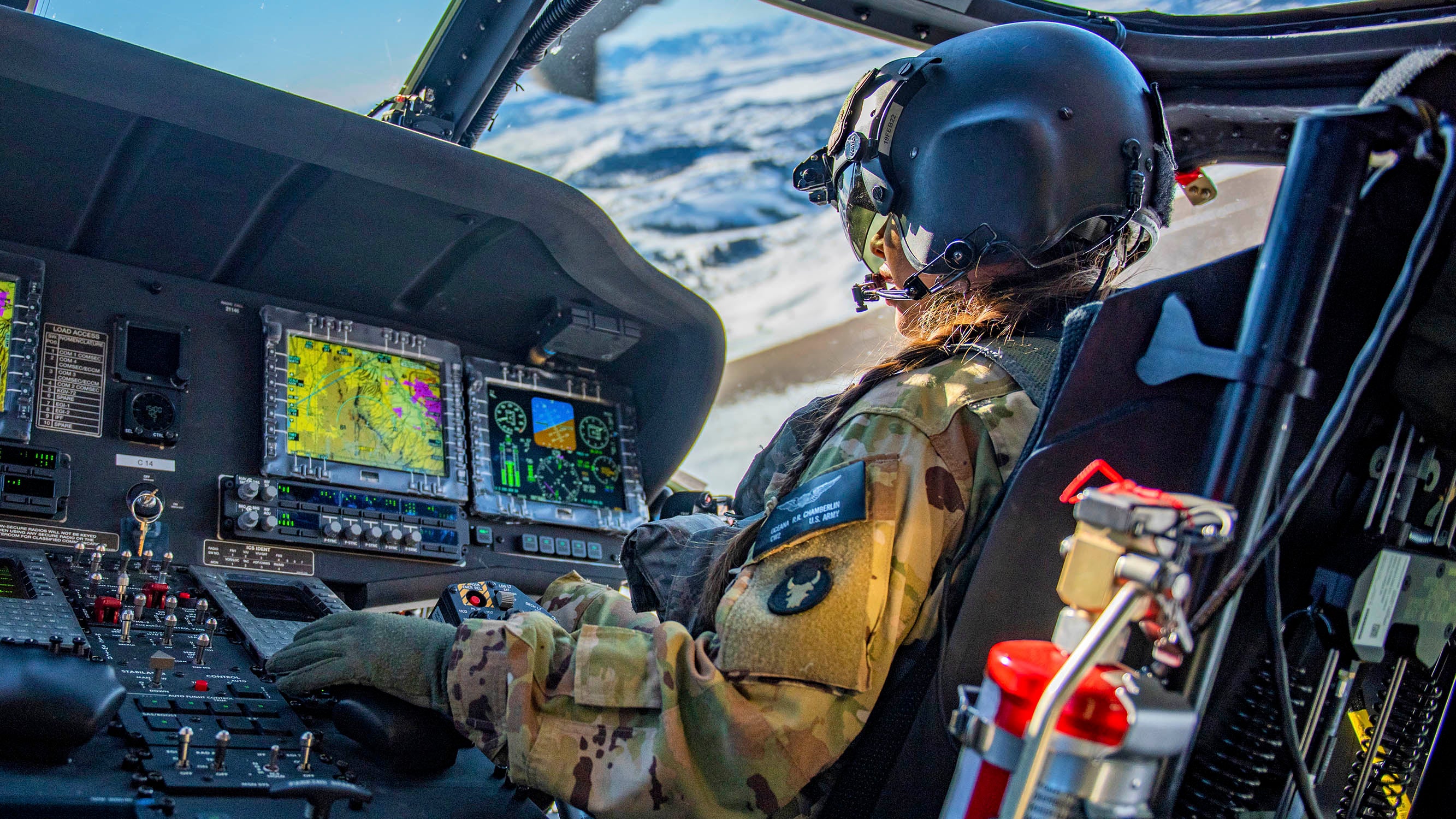New Initiatives Aim to Stem Warrant Officer Shortage
New Initiatives Aim to Stem Warrant Officer Shortage

Seeking to stem a growing shortage of warrant officers across the force, the Army has rolled out several initiatives aimed at retaining the technical knowledge and skills found in the NCO and warrant officer corps.
Managing talent across the force is a key initiative for the Army, as it works to better find the right people for the right jobs.
Warrant officers account for about 3% of the Army, and about 600 warrant officers retire from active duty each year, said Chief Warrant Officer 5 Rick Knowlton, the senior warrant officer adviser for the Army Talent Management Task Force.
“If you just take 600 and multiply that by at least the 20 years of experience they have, that's 12,000 years of experience that we could potentially connect with jobs in the [National] Guard or the [Army] Reserve,” Knowlton said Feb. 15 during a Noon Report webinar hosted by the Association of the U.S. Army.
The new initiatives are “a great opportunity when we have some clearly identified shortages in both the Guard and Reserve and the experience that could be connected to this,” he said. “This, to me, is what talent management is all about.”
Among the initiatives Knowlton highlighted is a new directive that removes some of the barriers that have kept retired warrant officers from serving in the reserve component. It also gives the reserve component access to a deep bench of talent and experience.
The directive, Retired Regular Army Warrant Officers Serving in the Ready Reserve, allows the Talent Management Task Force to look at the Army’s three components “as one big group,” said Knowlton, noting that there has been a great deal of interest from retirees since the directive was published in July.
Another initiative that has been tested in the Special Forces allows the Army to promote NCOs to the rank of chief warrant officer 2 straight out of the warrant officer technical and tactical courses. Knowlton said that other Army branches are exploring ways to apply the same directive, creating a more direct warrant career path for qualified NCOs.
For Army aviators, a study conducted by the aviation branch recommended “extra developmental time” for new pilots, Knowlton said. The result is an October directive that no longer automatically promotes warrant officers to the next grade after two years. Instead, their two-year terms begin after they’ve completed flight school and Warrant Officer Basic School, giving them more time to develop their skills and experience.
Leaders were initially concerned the change would lead to a drop in accessions, Knowlton said, but “accessions have actually gone up for aviation branch.”
“I think those that understand that program and [the] intent behind it are all in, and we're looking forward to seeing how this plays out in the future,” Knowlton said.
CW5 Patrick Nelligan, command chief warrant officer of the Army Reserve Command, and CW5 Teresa Domeier, command chief warrant officer of the Army National Guard, also participated in the webinar.

